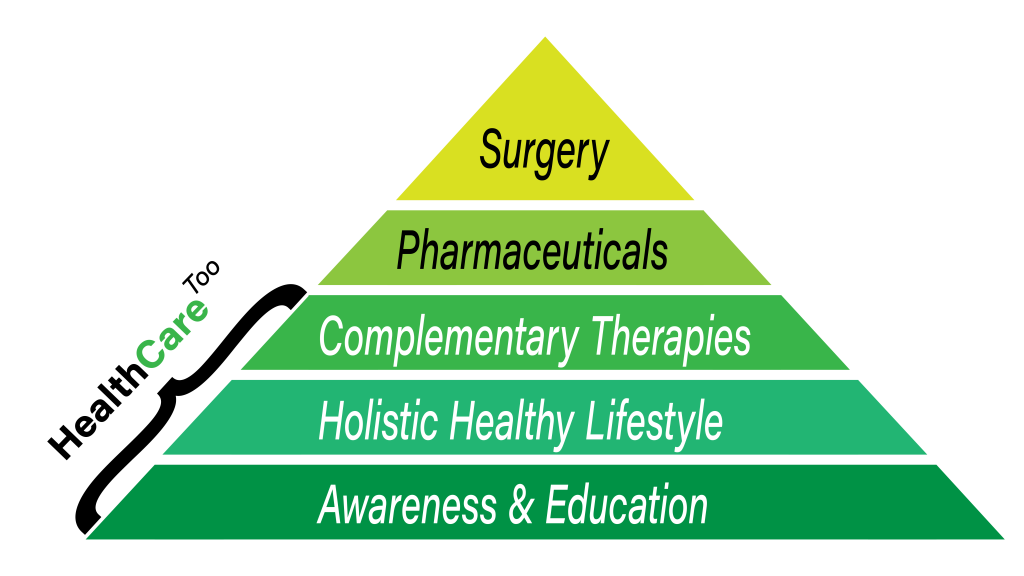Stressed Students
College has always been stressful. Stressed students are moving further into adulthood and away from the lives they knew while balancing demanding coursework and new communities. This is a situation ripe for trouble. Germany’s University of Heidelberg even had a “student jail” (Studentenkarzer) for wayward students until 1914.
But today’s stress is worse. Most US college students face huge debt, unsure employment possibilities, an environment of poor Lifestyle choices, among other factors. Universities have begun to change from conventional approaches for mental health and work toward more holistic well-being for students. Guess that is better than building Studentenkarzer.
College: A time for learning, exploring your interests, meeting new people, and doing a fair amount of stressing out. A recent survey found that 73.1 percent of counselors across 500 public and private colleges around the world are reporting an increase in the severity of student mental health concerns on their campuses lately. Anxiety continues to be the biggest burden on college students who seek counseling, followed by depression and relationship concerns.
Part of the problem is the heavy course load, change in scenery, competition, and uncertainty about the future that many college kids have to grapple with, and the increasing prevalence of social media probably doesn’t help, either. “Part of their distress is because of something wonderful about our young adults: They no longer want to be successful—they want to succeed in something meaningful to them. But the competition for those meaningful opportunities has never been more fierce,” says Kelly Crace, VP of the Health and Wellness Department at the College of William & Mary. “We have also seen a theme of stress glorification among young adults to where pushing oneself to the limit becomes a badge of honor and distinction.”
“One strategy planners are using is to build integrated wellness centers, which may be a combination of traditional health clinic services, psychological counseling, fitness center amenities, spa facilities, meditation rooms, financial counseling, and healthy food provisioning,” she says. “It’s not just a place to get iced coffee.” Here’s how a few progressive schools across the United States are working to design physical spaces for well-being:
Building breaks into the work schedule is a proven way to reduce stress, and campuses are prompting students to take more of them by building spaces reserved for rest. “Students can program reflective moments into their day by visiting meditation spaces, interfaith or prayer rooms, chapels, napping pods, or yoga studios that are overtly designed for taking a break,” Stringer says. At Stanford University, this refuge takes the form of an indoor-outdoor art museum and seating area that is totally tech-free and prompts students to “re-establish balance and find tranquility.”




